-
 Bitcoin
Bitcoin $112200
-0.88% -
 Ethereum
Ethereum $4329
-0.97% -
 XRP
XRP $2.969
-1.76% -
 Tether USDt
Tether USDt $0.0000
0.00% -
 BNB
BNB $884.9
0.16% -
 Solana
Solana $221.0
0.69% -
 USDC
USDC $0.9997
0.00% -
 Dogecoin
Dogecoin $0.2418
0.32% -
 TRON
TRON $0.3368
0.56% -
 Cardano
Cardano $0.8813
-1.09% -
 Hyperliquid
Hyperliquid $55.27
1.41% -
 Chainlink
Chainlink $23.64
-0.35% -
 Ethena USDe
Ethena USDe $1.001
0.01% -
 Sui
Sui $3.539
-1.75% -
 Stellar
Stellar $0.3774
-2.26% -
 Bitcoin Cash
Bitcoin Cash $580.5
-0.77% -
 Avalanche
Avalanche $27.05
3.68% -
 Hedera
Hedera $0.2329
0.15% -
 UNUS SED LEO
UNUS SED LEO $9.552
0.03% -
 Litecoin
Litecoin $113.2
-0.92% -
 Cronos
Cronos $0.2558
2.32% -
 Toncoin
Toncoin $3.115
-0.63% -
 Shiba Inu
Shiba Inu $0.00001296
-0.84% -
 Polkadot
Polkadot $4.113
-0.89% -
 Uniswap
Uniswap $9.680
-0.80% -
 Ethena
Ethena $0.8148
-4.08% -
 Dai
Dai $0.9999
0.02% -
 World Liberty Financial
World Liberty Financial $0.2033
-7.09% -
 Monero
Monero $268.1
-1.33% -
 Aave
Aave $298.2
-3.57%
How can I use a moving average system to determine support and resistance?
Moving averages act as dynamic support and resistance in crypto markets, helping traders spot trends, with effectiveness boosted by volume, momentum, and multi-timeframe confirmation.
Sep 09, 2025 at 04:01 am
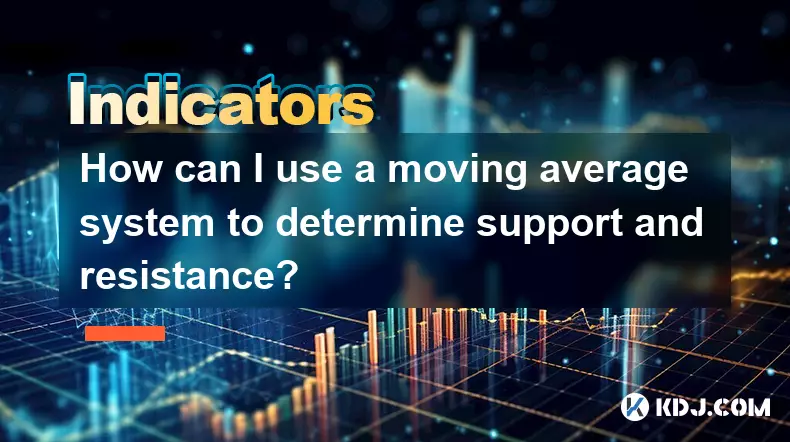
Understanding Moving Averages in Technical Analysis
1. Moving averages are widely used tools in the cryptocurrency market to smooth out price data over a specific time frame, creating a single flowing line that helps traders identify trends. The most common types include the Simple Moving Average (SMA) and the Exponential Moving Average (EMA). These indicators are especially valuable in volatile markets like Bitcoin and Ethereum, where short-term fluctuations can obscure broader directional movements.
2. When applied to crypto charts, moving averages act as dynamic levels rather than fixed horizontal lines. Unlike traditional support and resistance zones drawn from historical price highs and lows, moving averages update with each new candlestick, reflecting evolving market sentiment. This adaptability makes them particularly useful in fast-moving digital asset markets.
3. Traders often use combinations such as the 50-day and 200-day moving averages to detect long-term trend shifts. In bullish cycles, prices tend to find temporary support near these averages during pullbacks. Conversely, in downtrends, the same averages may serve as resistance when price approaches from below.
4. The effectiveness of moving averages increases when volume and momentum align. For instance, if Bitcoin pulls back to the 50-day EMA on decreasing volume and then resumes upward with strong buying pressure, it reinforces the idea that the average is acting as support.
5. Using multiple timeframes enhances accuracy—what appears as support on the daily chart might be insignificant on the weekly, so cross-verifying signals across intervals improves decision-making precision.
Identifying Dynamic Support Levels
1. In an uptrend, the price of an asset like Solana or Cardano often retreats toward key moving averages before continuing higher. These pullbacks frequently halt near the 20-period or 50-period EMA on the daily chart, suggesting institutional or algorithmic buyers are stepping in at those levels.
2. When price approaches a rising moving average and bounces off it with strong bullish candles, it confirms the average’s role as dynamic support. The more times this occurs without a decisive break, the stronger the perceived support becomes among market participants.
3. Volume plays a critical role here. A bounce from the 50-day SMA accompanied by above-average trading volume signals genuine demand, increasing confidence that the level will hold again in future tests.
4. Some traders overlay additional indicators like MACD or RSI to confirm momentum alignment. If both the moving average bounce and oscillator readings suggest oversold conditions reversing, the support signal gains credibility.
5. A moving average only functions as reliable support when the overall trend remains intact; once broken with conviction, it can quickly transform into resistance.
Recognizing Resistance Using Moving Averages
1. During bear markets or corrective phases, moving averages slope downward and cap price advances. For example, after a major drop in Dogecoin, repeated attempts to rally above the 200-day SMA may fail, turning that average into a ceiling for price action.
2. Each rejection at a declining moving average strengthens its significance as resistance. Traders watch for bearish candlestick patterns—such as shooting stars or engulfing bars—at these touchpoints to time short entries or exit long positions.
3. Gaps between the current price and the moving average matter. If Ethereum has fallen far below its 50-week EMA, any recovery toward it carries higher odds of encountering selling pressure, especially if the average is still trending down.
4. Consolidation periods following prolonged declines can blur the picture. In sideways markets, moving averages flatten and lose their predictive power until a breakout establishes a new trend direction.
5. Resistance from moving averages is strongest when combined with prior psychological price levels or Fibonacci retracement zones, creating confluence that attracts order flow.
Common Questions About Moving Averages and Support/Resistance
How do I choose which moving average period to use?The choice depends on your trading style. Short-term traders focus on the 9, 20, or 50-period EMAs on hourly or 4-hour charts. Swing traders often rely on the 50-day and 200-day SMAs on daily charts. Position traders examine weekly moving averages to filter noise and capture macro trends.
Can moving averages work in ranging markets?They are less effective when prices move sideways. In consolidation phases, moving averages flatten and generate false signals. It's better to combine them with range-bound indicators like Bollinger Bands or Stochastic Oscillator during low-volatility periods.
What happens when price breaks through a moving average?A sustained close beyond a key average—especially with high volume—can signal a trend reversal. For instance, if Bitcoin closes below the 200-day SMA after months above it, many traders interpret this as a bearish shift, prompting sell orders and stop-loss triggers.
Do moving averages differ between spot and futures markets?The calculation remains identical, but futures markets often exhibit sharper reactions due to leverage and funding rates. Price may whip-saw through moving averages in derivatives markets before settling, requiring tighter confirmation criteria.
Disclaimer:info@kdj.com
The information provided is not trading advice. kdj.com does not assume any responsibility for any investments made based on the information provided in this article. Cryptocurrencies are highly volatile and it is highly recommended that you invest with caution after thorough research!
If you believe that the content used on this website infringes your copyright, please contact us immediately (info@kdj.com) and we will delete it promptly.
- BlockDAG, DOGE, and XRP: Navigating Crypto Milestones in a Shifting Market
- 2025-09-10 14:25:15
- Meme Coins, Crypto Whales, and Investment Strategies: What's Hot in 2025?
- 2025-09-10 14:25:15
- Cloud Mining in 2025: Platforms Delivering Reliable Profits
- 2025-09-10 14:30:12
- Crypto Market Bracing for Violent Move: What's Next?
- 2025-09-10 12:25:13
- CoinShares' Nasdaq Debut: Redefining Crypto on Wall Street
- 2025-09-10 12:45:15
- Kaspa, BlockDAG, Solana: Unpacking the Crypto's Latest Buzz
- 2025-09-10 12:25:13
Related knowledge
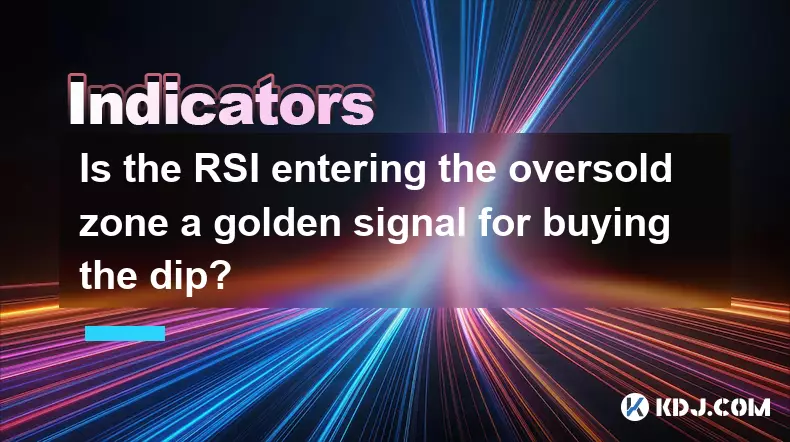
Is the RSI entering the oversold zone a golden signal for buying the dip?
Sep 09,2025 at 02:55pm
Understanding the RSI and Its Role in Crypto Trading1. The Relative Strength Index (RSI) is a momentum oscillator widely used in the cryptocurrency ma...
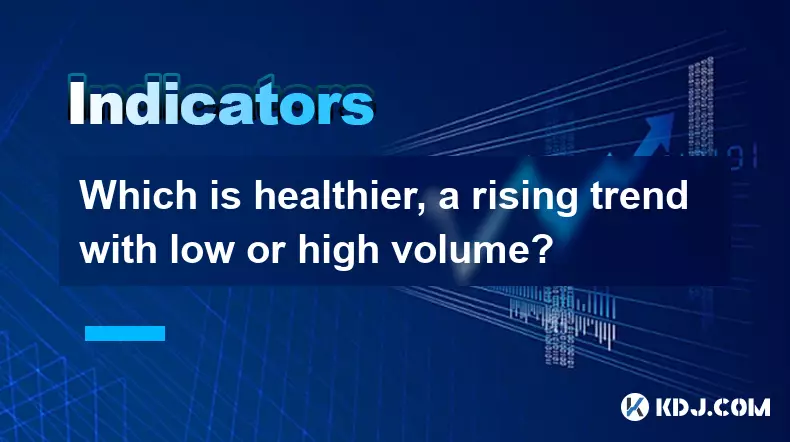
Which is healthier, a rising trend with low or high volume?
Sep 09,2025 at 04:00pm
Understanding Volume in Market Trends1. Volume serves as a critical indicator when analyzing the strength of a rising trend in cryptocurrency markets....
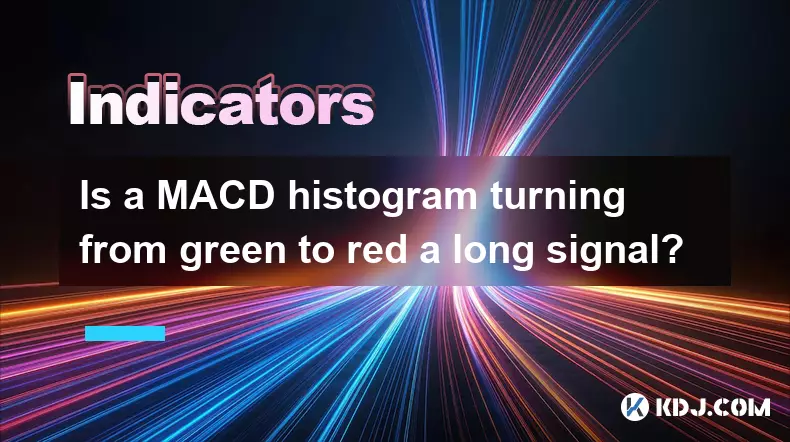
Is a MACD histogram turning from green to red a long signal?
Sep 09,2025 at 01:54pm
Understanding the MACD Histogram in Crypto Trading1. The MACD (Moving Average Convergence Divergence) histogram is a visual representation of the diff...
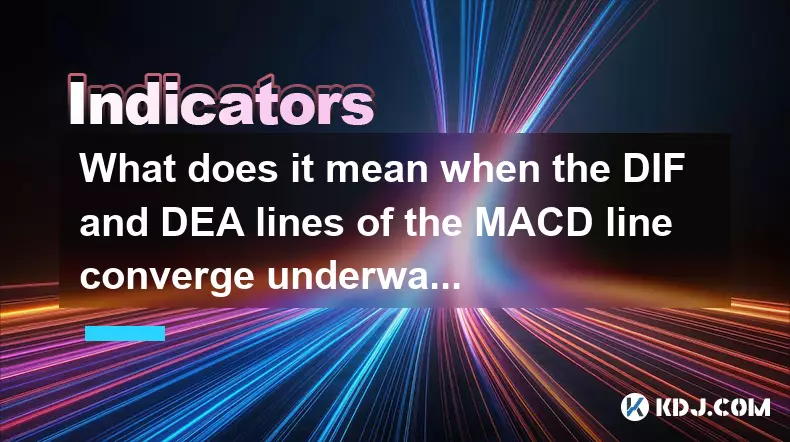
What does it mean when the DIF and DEA lines of the MACD line converge underwater?
Sep 09,2025 at 07:55am
Understanding MACD Components in Bearish Territory1. The MACD indicator consists of three elements: the DIF (Difference), DEA (Signal line), and the M...
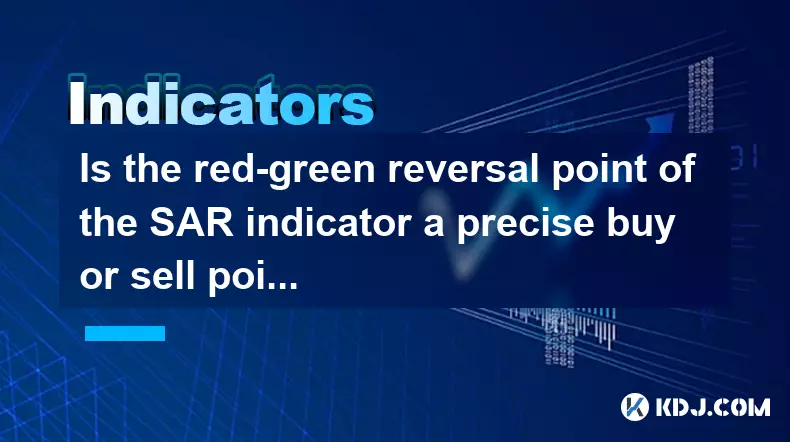
Is the red-green reversal point of the SAR indicator a precise buy or sell point?
Sep 09,2025 at 11:18am
Understanding the SAR Indicator in Cryptocurrency TradingThe SAR (Stop and Reverse) indicator, developed by J. Welles Wilder Jr., is a popular tool us...
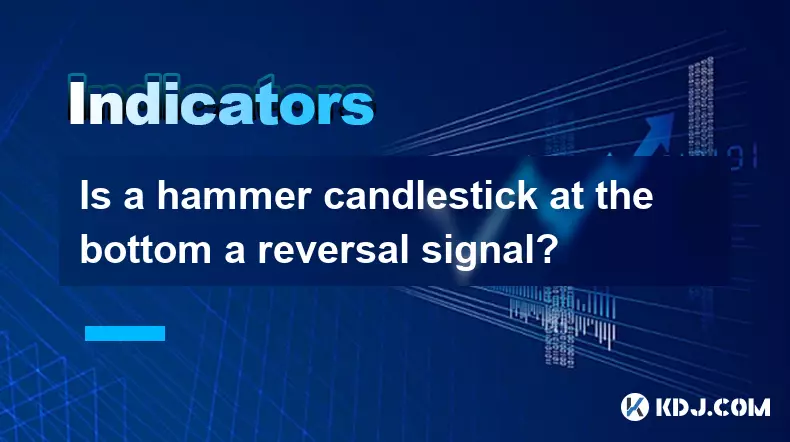
Is a hammer candlestick at the bottom a reversal signal?
Sep 10,2025 at 01:01am
Understanding the Hammer Candlestick Pattern1. The hammer candlestick is a single-candle formation that typically appears at the end of a downtrend. I...

Is the RSI entering the oversold zone a golden signal for buying the dip?
Sep 09,2025 at 02:55pm
Understanding the RSI and Its Role in Crypto Trading1. The Relative Strength Index (RSI) is a momentum oscillator widely used in the cryptocurrency ma...

Which is healthier, a rising trend with low or high volume?
Sep 09,2025 at 04:00pm
Understanding Volume in Market Trends1. Volume serves as a critical indicator when analyzing the strength of a rising trend in cryptocurrency markets....

Is a MACD histogram turning from green to red a long signal?
Sep 09,2025 at 01:54pm
Understanding the MACD Histogram in Crypto Trading1. The MACD (Moving Average Convergence Divergence) histogram is a visual representation of the diff...

What does it mean when the DIF and DEA lines of the MACD line converge underwater?
Sep 09,2025 at 07:55am
Understanding MACD Components in Bearish Territory1. The MACD indicator consists of three elements: the DIF (Difference), DEA (Signal line), and the M...

Is the red-green reversal point of the SAR indicator a precise buy or sell point?
Sep 09,2025 at 11:18am
Understanding the SAR Indicator in Cryptocurrency TradingThe SAR (Stop and Reverse) indicator, developed by J. Welles Wilder Jr., is a popular tool us...

Is a hammer candlestick at the bottom a reversal signal?
Sep 10,2025 at 01:01am
Understanding the Hammer Candlestick Pattern1. The hammer candlestick is a single-candle formation that typically appears at the end of a downtrend. I...
See all articles
























































































